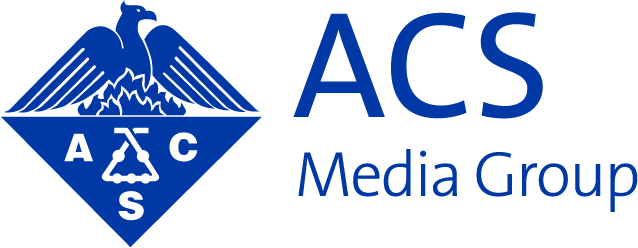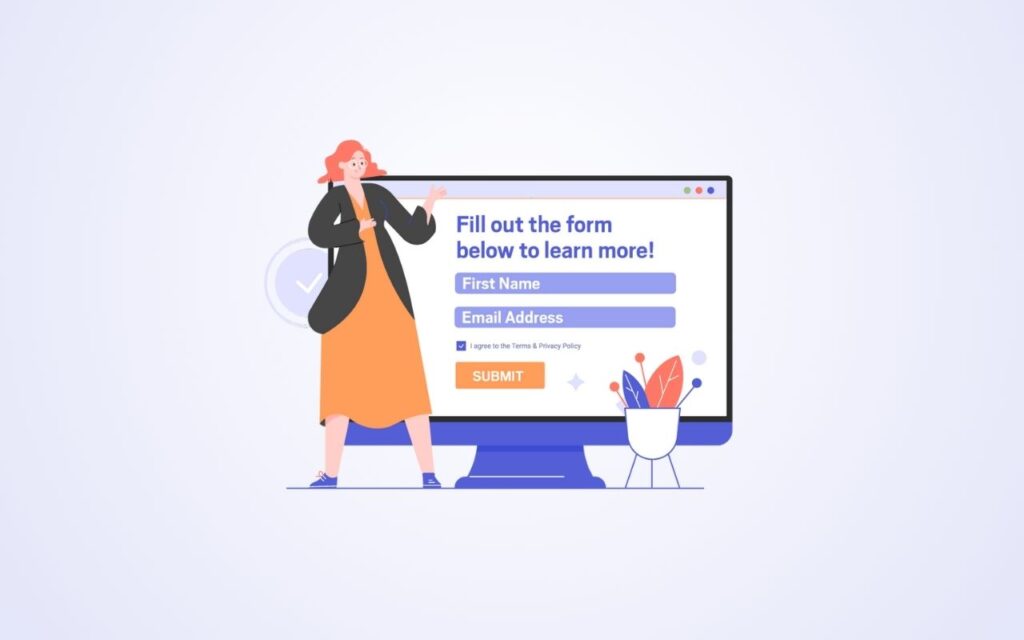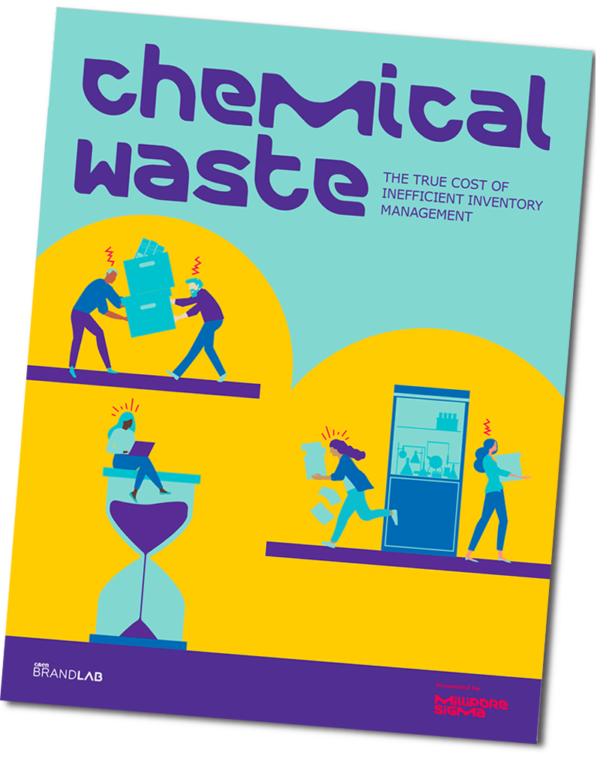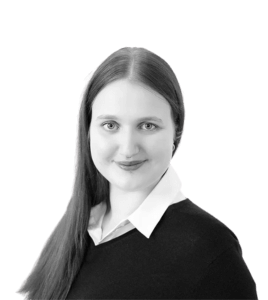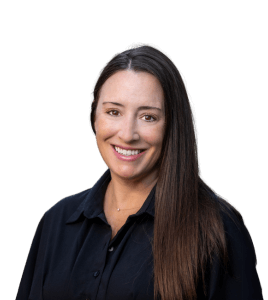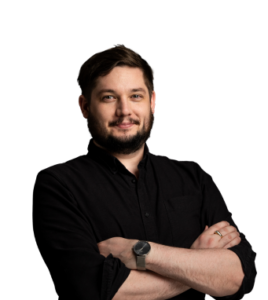Inbound lead generation is, at its best, a trade. The consumer has something you want. In order to get it, you must offer them something of value.
Unfortunately, too many marketers skip the development of real value in their lead generation content and email nurture campaigns. This comes at more than the cost of a missed opportunity. In addition to gathering leads, these touchpoints build brand awareness and trust. If a customer gives you their email address in exchange for gated content that doesn’t deliver, you’ve taken one step forward but two steps back.
How to Develop Inbound Lead Generation Content
Scientific audiences expect an equitable exchange for their data and attention, looking for content that provides real value to them. We spoke to Paul Avery, CEO at life science marketing agency BioStrata, to dive deeper into how to create lead gen content that delivers just that.
1. Think customer-first.
A major pitfall for marketing teams is that they think product- and brand-first: They figure out the message the company needs to communicate to its target audience, then they create content on topics that are important to the company; but the content that is important to the brand and the marketing team might not be important to the customer at all.
There’s sometimes a rush into which tactics we are going to use to generate leads without thinking about what the messages are that are actually going to attract customers’ interest in the first place. You run campaigns that don’t work and blame the tactic or channel, when actually it was the message that was the problem.”
– Paul Avery, CEO of BioStrata
Avery recommends going back to the first principles of marketing and getting clarity on who you’re targeting, what they care about, and how content can serve them throughout their buying journey. From there, ask yourself: “How can we leverage that understanding of customer pain points, interest goals, common sales questions, and common sales objections to create content—and then lead generation campaigns—that will actually engage prospects and provide information they’ll actually care about?”
To refine that messaging, lean on your product and sales teams. Product teams will understand the magic of what they’ve built and be able to give insight into why and how they’ve built it. Sales teams will be able to provide insight on customer pain points and identify where customers are getting stuck in the funnel. Of course, if you can connect with customer success teams, or even with customers directly, even better.
2. Deliver the right content at the right moment.
Customers require different levels of complexity at different stages of their decision-making process.
“You can’t launch straight into a sales pitch,” Avery said. “Most people need to hear about what you’re doing first and understand how you can help them solve their problem.” He recognizes that this can be a challenge in highly technical industries, especially when the buyers are technical, too; it’s tempting to jump into the data immediately. Simplifying your messaging will help you reach your customers at a more personal level.
“If you lean too far into technical, data-driven marketing too early in a prospect’s buying journey, you won’t necessarily be able to influence and persuade them, whereas general information or more evocative messaging could trigger more emotions and drive early action,” Avery said.
That’s not to say scientific audiences don’t need data; of course they do! Looking at their buying journey can help you understand what level of detail to lead with and when.
One way to consider how the emotional and data-driven sides of marketing converge is by thinking about the stakes of a problem. The “Chemical Waste: The True Cost of Inefficient Inventory Management” report uses data to contextualize the issue of inefficient chemical inventory management, while interviews with survey respondents emphasize the personal stakes for PIs in time, money, and regulatory and safety risks. From there, the call to action drives readers to learn more about MilliporeSigma’s solution.
3. Meet customers where they are.
Going narrow on channels can help you target your content to where your customers actually are. It might feel like everyone is building a TikTok strategy these days, but before you dedicate time and resources to launch a new channel, consider if that’s a source the audience you’re trying to reach considers to be reliable.
In Avery’s experience, looking to industry-specific channels for lead gen has often been more successful than utilizing general marketing strategies, such as Google or LinkedIn Ads. He suggests a tried-and-tested strategy: trade media. “Senior-level scientists see trade media publications and industry conferences as absolutely critical and trustworthy sources of information,” he said. “You can usually get quite good results, even above and beyond what’s possible with channels like Google Ads and paid social — especially when it comes to lead quality and cost-per-lead.”

4. To gate or not to gate?
Gating versus not gating content is a persistent question when planning and executing inbound marketing programs. On one hand, you get an email. On the other, you risk the customer walking away, and you lose your chance to show them how smart and incredible your people and technologies are.
Avery suggests creative ways to split the difference, like letting anyone read an article ungated, but requiring they enter their email address to download it.
“I think one of the things that’s great about that is they’ve already read the content. They know it’s good, they know they want it, they know they trust it, and they’re now willing to give their email address,” he said.
He considers these to be better-qualified leads than people who fill out the lead gen form prior to reading the content, since they’ve already seen the value of the work and are proactively taking the next step to download it.
Create Better Lead Gen Content
Content is often an essential tool for getting prospective customers in the door. Here are a few tips to make sure you’re building assets that convert.
- Leverage in-house expertise. Talk to your in-house product and sales experts to make sure your content is hitting the right notes to reach company goals and fill your customers’ needs.
- Data is important, but it’s not everything. Scientists use data to make decisions, but it’s not the only factor. Don’t underestimate the power of an evocative narrative or emotional appeal, especially in the early stages of the buying journey.
- Favor specific over general. Figuring out where your specific audience goes for trustworthy information is worth a thousand Google Ads.
- Reduce friction when you can. When collecting customer information, simplify the form as much as possible—four or five fields tops.
